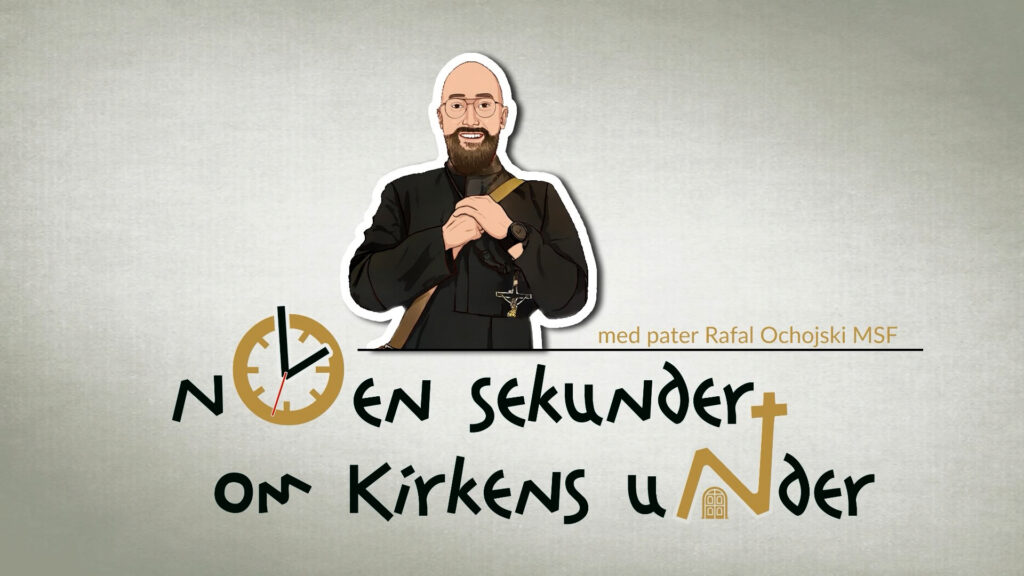ACI Prensa Staff, Jan 27, 2024 / 04:00 am (CNA).
Every Jan. 27, the Church celebrates St. Angela Merici, foundress of the Order of St. Ursula, whose members are known as Ursulines, the first religious order dedicated entirely to the education of girls and young women.
St. Angela, under the inspiration of St. Ursula, devoted herself to the education of girls and young women. In addition, she awakened the apostolic spirit in the laity to perform tasks previously assigned almost exclusively to religious.
According to Pope Benedict XVI, “in the Renaissance, St. Angela of Merici proposed a path of holiness also for those who live in a lay environment,” which constituted an important step in the understanding of the role of those who are not called to the consecrated life within the Church.
The ‘little friend’ of St. Ursula
St. Angela was born on March 21, 1474, in Desenzano del Garda, near Brescia in northern Italy. She spent her early childhood in the countryside, at the side of her parents, simple farmers who worked in the valley.
It was her father, Giovanni Merici, who liked to tell her stories about the lives of the saints. Angela enjoyed it very much and she began, almost unwittingly, to develop a feeling of closeness to those who followed in the footsteps of Jesus. Quite naturally, she began to relate to them through prayer. Hence the bond she had with St. Ursula, the maiden who died a martyr’s death in the fourth century to whom Angela ended up professing great affection and devotion. Through the saints — or thanks to them — in Angela’s heart was born the desire to give her life completely to God.
Precocious mystic
Angela was orphaned at the age of 10. Her aunt and uncle, the Biancosi family, took care of her, her older sister, and her brother. As their uncle was wealthy, living in his house represented a great change for the three children, since they were no longer in need.
However, shortly thereafter, her older sister died. This caused Angela great distress because her sister passed away without having received the sacraments. Great would be her suffering not knowing what was the fate of her sister in the eyes of God.
The saint clung to the intercession of the Virgin Mary and to St. Francis of Assisi. She took complete refuge in prayer and the practice of penance. In her heart as a child, an ever greater desire to please God and ask for his mercy, in case he should grant eternal salvation to her sister, had sprung up in her heart.
It was thus that, one day, while in prayer, Angela entered into ecstasy for the first time. Surrendered to the divine presence, she had a vision in which the Virgin Mary granted her to see her dead sister. Her consolation was immense when she saw her surrounded by the saints.
Franciscan tertiary
At the age of 13, Angela became a Franciscan tertiary. She had previously made it known to her aunt and uncle, who wanted to marry her off, that she wished to remain a virgin and become a religious.
“If any person, because of her state in life, cannot live without riches and position, let her at least keep her heart empty of the love of these,” she said.
Upon the death of her uncle when she was 20 years old, St. Angela returned to her native land, Desenzano, where she dedicated herself to assisting the poor and catechizing young girls. She turned her home into a sort of school, convinced that education was the best help for those who had little or nothing, that it was the most suitable tool for a happy life, to help the Church, and, of course, to obtain eternal life.
Angela was not a religious at that time, as befits every member of a third order, but she had found a way of total surrender to the Lord and of service to his most needy children. Undoubtedly a wonderful precedent, as Pope Benedict XVI would later point out.
In 1516, the Franciscans asked the saint to go to Brescia to accompany a woman who had lost her husband and children in the war and was going through an experience of unspeakable sadness. Angela stayed with her for two years, helping her materially and spiritually. She decided to remain in that city until 1524, when she left for Jerusalem with a group of pilgrims who felt called by her witness of holiness. While passing through Crete, she suffered a temporary blindness, which forced her to be guided to the Holy Land. Miraculously, during the return trip, she recovered her sight.
The Ursulines
In 1525, she left for Rome and met Pope Clement VII, who invited her to take charge of a group of nurses; Angela refused the offer: “It is in Brescia that God wants me.”
The saint confessed to the pope that she had had a vision of maidens ascending to heaven on a ladder of light. In the vision, the holy virgins were accompanied by angels playing sweet melodies. They all wore crowns with precious stones. Suddenly, the music stopped, and Jesus called her by name and asked her to create a society of women. Thus, the Holy Father granted her permission to form a community of consecrated life.
In a new vision, St. Ursula, her greatest inspiration, appeared to her and named her patroness of the foundation.
The great day
On Nov. 25, 1535, in the Church of St. Aphra in Brescia, Angela and 28 companions consecrated their lives to the service of educating girls. The name of the new spiritual family was the Company of St. Ursula, which in time would eventually bring together various institutes of active and contemplative life.
St. Angela died on Jan. 27, 1540. The Ursulines received pontifical recognition in 1544 by the will of Pope Paul III. They were subsequently established as a congregation in 1565. Three years later, in 1568, St. Charles Borromeo summoned the Ursulines to Milan, persuading them to form a cloistered branch, following the inspiration of the Council of Trent (1545–1563).
Over the centuries, heirs of St. Angela Merici, her spiritual daughters, have dedicated themselves to the formation and education of young women.











